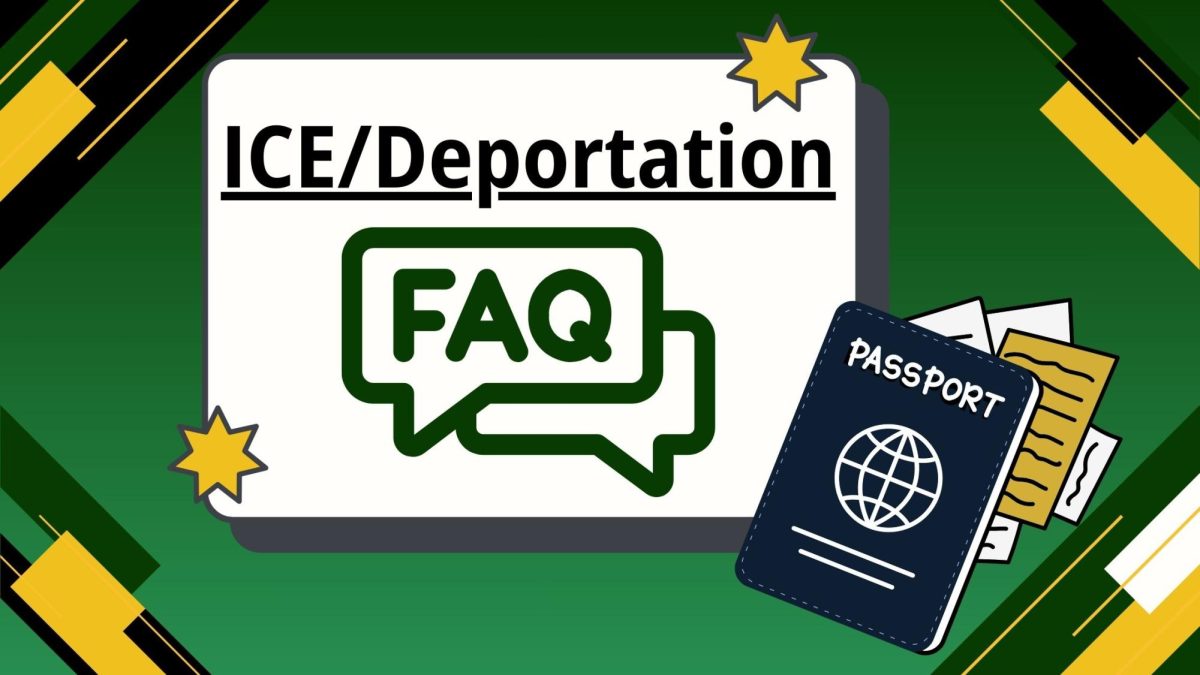Feasting and foraging: A new way of life
April 24, 2014
Foraging food – obtaining food sources from wild plants and/or animals – is a lost skill for most in modern-day society, due to modern conveniences.
Foraging is not only a way of life, but also a growing movement throughout communities around the United States.
Also known as harvesting, foraging has been around for ages and more and more people are seeing the benefits of this practice.
“It (foraging) can be damaging if we don’t do it right. Ruthless harvesting can destroy ecosystems, “ said author Dina Falconi. “By taking a respectful and educated approach to learn about plants and land stewardship — essentially the Art of Foraging — we ensure that plants will not just survive, but flourish as we harvest them. To succeed requires a shift of mindset.”
Falconi believes so much in the power of foraging that she registered a Kickstarter page to help fund a book she wanted to create to help celebrate wild plants and the creative ways users can incorporate them into their day-to-day lives.
Thanks to 2,315 donations made on Kickstarter, Falconi’s book, “Foraging and Feasting: A Basic Field Guide and Wild Food Cookbook,” was successfully funded enough for release.
“I feel so grateful and inspired by the support we received through our Kickstarter campaign,” Falconi said.
The book as a whole brings together Falconi’s 30 years of passionate investigation into wild-plant identification, foraging and cooking, while fully displaying illustrator Wendy Hollender’s 15 years of botanical illustration.
“I chose images and recipes that would be most relevant and informative to the subject. An image needed to be clear and useful, (and) to be true to the plant it was depicting so the reader could actually identify the plant in question,” Falconi said “Recipes needed to be tasty, nourishing (mostly) and versatile while highlighting the wild edibles in the book. Endless hours were spent creating the visual pages and testing recipes.”
The book is designed to help users gain more confidence in identifying safe wild plants for use in meals.
The book has a total of three parts: “Visual Instructional Field Guide,” “Visually Appealing Reference Tables” and “’Kitchen Arts’ Cookbook.”
The first part of the book is where readers will find most of the color illustrations created by Hollender, using colored pencils and watercolors.
The visual guides in the first part track 50 different plants throughout their growth cycles and demonstrate the culinary use of these plants during various seasons.
“Producing the book took four years, not including the decades of learning that came before,” Falconi said “While the book-making process was intense and extremely focused, I greatly enjoyed it.”
The second part in Falconi’s book features easy-to-use references like seasonal flow charts, plant charts and various other subcategories.
The third section includes over 100 recipes, each designed to help readers understand how wild plants can be turned into food.
The types of recipes included are: salads, condiments, sandwiches, stews, meat dishes, fruit sauces, desserts and drinks. Many of the recipes can also be modified to include dietary restrictions, such as dairy-free or sugar-free.
“Now that this book is a reality, may it empower you to forage and to feast in earth-loving ways— to take part in this delicious, creative revolution by gathering wild salads, cooking root soups, baking feral casseroles, brewing leafy beverages, simmering berry syrups, churning herbal ice creams, concocting therapeutic elixirs — basically finding, harvesting, and preparing amazing, nourishing food for yourself and your family and friends,” said Falconi.
“Foraging and Feasting: A Basic field Guide and Wild Food Cookbook” can work as a great tool for new foragers as well as skilled foragers and can be purchased at Amazon.com.
Anisca Miles can be reached at [email protected]































































































































